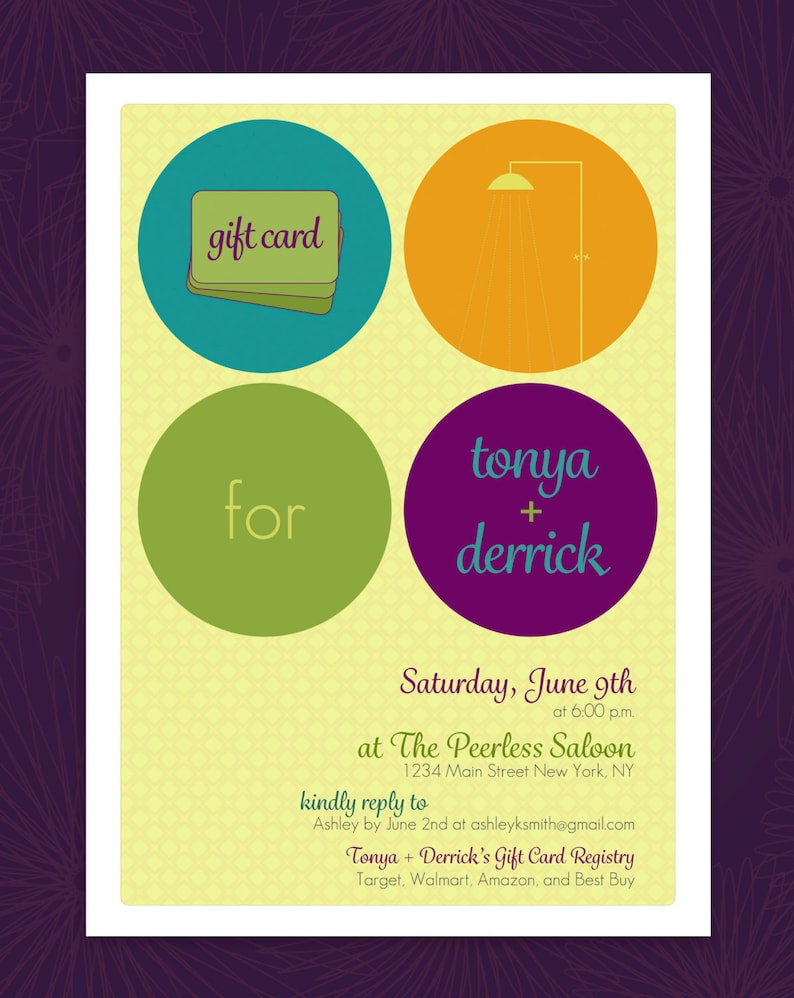Glass engravers have actually been extremely skilled craftsmen and artists for thousands of years. The 1700s were especially significant for their accomplishments and appeal.
For example, this lead glass cup demonstrates how inscribing integrated design patterns like Chinese-style concepts right into European glass. It also illustrates exactly how the ability of an excellent engraver can generate illusory depth and visual structure.
Dominik Biemann
In the very first quarter of the 19th century the typical refinery area of north Bohemia was the only place where naive mythological and allegorical scenes etched on glass were still in vogue. The cup envisioned below was etched by Dominik Biemann, who specialized in little portraits on glass and is considered among one of the most vital engravers of his time.
He was the son of a glassworker in Nové Svet and the brother of Franz Pohl, one more leading engraver of the period. His work is qualified by a play of light and darkness, which is particularly noticeable on this cup presenting the etching of stags in timberland. He was additionally known for his work on porcelain. He died in 1857. The MAK Museum in Vienna is home to a large collection of his works.
August Bohm
A noteworthy Nurnberg engraver of the late 17th century, Bohm dealt with delicacy and a sense of calligraphy. He etched minute landscapes and engravings with strong official scrollwork. His job is a precursor to the neo-renaissance style that was to dominate Bohemian and other European glass in the 1880s and beyond.
Bohm embraced a sculptural feeling in both relief and intaglio engraving. He exhibited his mastery of the latter in the carefully crosshatched chiaroscuro (shadowing) effects in this footed cup and cut cover, which depicts Alexander the Great at the Fight of Granicus River (334 BC) after a paint by Charles Le Brun. Regardless of his substantial ability, he never ever attained the popularity and ton of money he sought. He died in penury. His spouse was Theresia Dittrich.
Carl Gunther
Regardless of his vigorous job, Carl Gunther was an easygoing guy who delighted in spending time with family and friends. He loved his daily ritual of visiting the Collinsville Elder Facility to take pleasure in lunch with his friends, and these moments of camaraderie provided him with a much needed respite from his demanding career.
The 1830s saw something fairly phenomenal take place to glass-- it ended up being vibrant. Engravers from Meistersdorf and Steinschonau created richly coloured glass, a preference referred to as Biedermeier, to satisfy the demand of Europe's country-house classes.
The Flammarion inscription has actually ended up being a symbol of this new preference and has actually appeared in publications committed to scientific research as well as those exploring necromancy. It is likewise discovered in numerous gallery collections. It is believed to be the only making it through example of its kind.
Maurice Marinot
Maurice Marinot (1882-1960) began his occupation as a fauvist painter, however became attracted with glassmaking in 1911 when seeing the Viard siblings' glassworks in Bar-sur-Seine. They gave him a bench and educated him enamelling and glass blowing, which he understood with supreme skill. He developed his very own methods, using gold streaks and making use of the bubbles and other all-natural problems of the material.
His strategy was to deal with the glass as a living thing and he was just one of the very first 20th century glassworkers to use weight, mass, and the aesthetic impact of natural imperfections as aesthetic elements in his jobs. The exhibition shows the considerable impact that Marinot carried contemporary glass production. Regrettably, the Allied bombing of Troyes in 1944 damaged his workshop and thousands of illustrations and paintings.
Edward Michel
In the very early 1800s Joshua introduced a style that resembled engraved vs etched explained the Venetian glass of the duration. He used a strategy called diamond factor inscription, which involves damaging lines into the surface of the glass with a difficult metal apply.
He likewise developed the initial threading maker. This innovation allowed the application of long, spirally injury tracks of color (called gilding) on the text of the glass, a crucial function of the glass in the Venetian design.
The late 19th century brought new layout concepts to the table. Frederick Kny and William Fritsche both worked at Thomas Webb & Sons, a British business that specialized in high quality crystal glass and speciality coloured glass. Their job reflected a choice for classical or mythical subjects.
